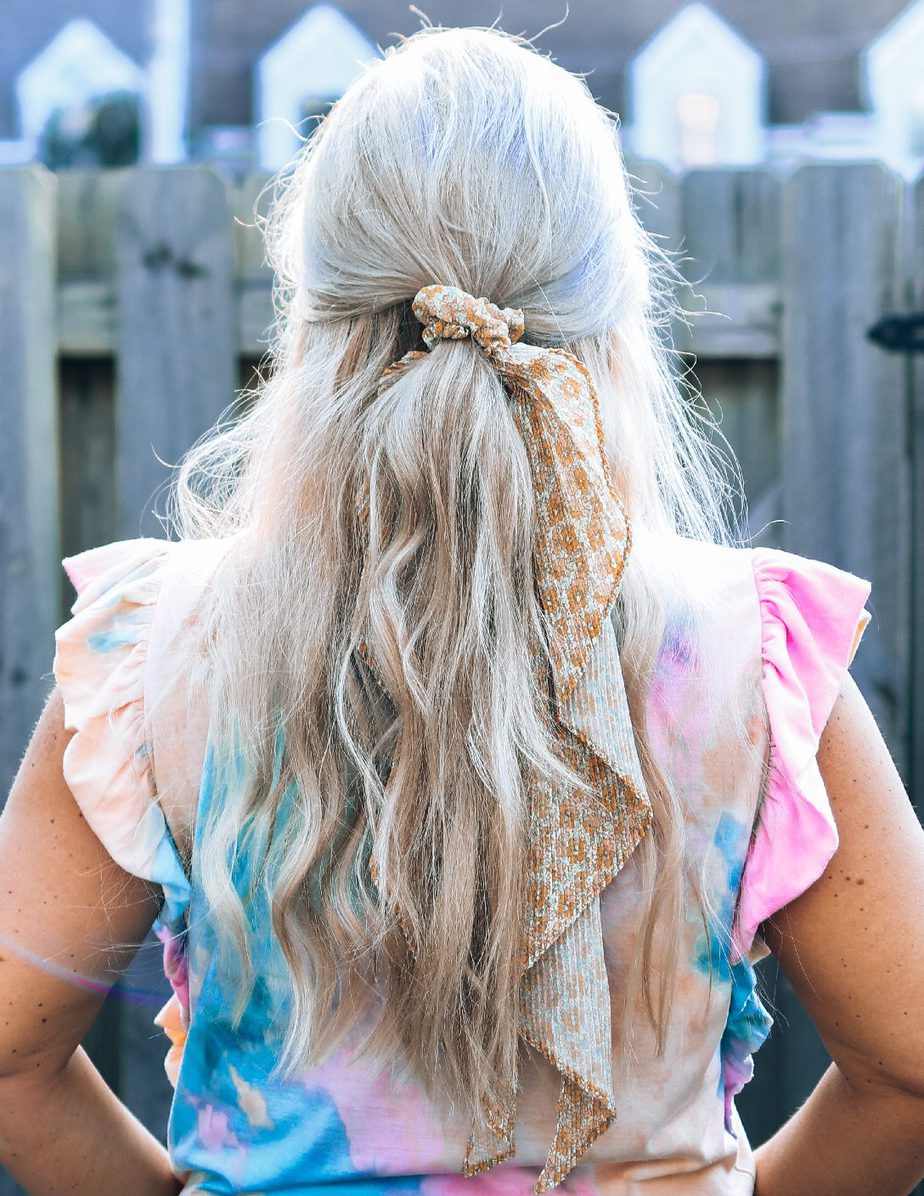
I have searched high and low for a product that would treat my wrinkles and breakouts simultaneously, and I have finally found it. Meet Retin-A, aka tretinoin.
Retin- A Will Render Skin Both Ageless And Poreless
Well, maybe not completely. But I will say that after 10 months, (March 2020 makes 1 year since I cracked open my first tube.) saying that my skin has literally transformed is no exaggeration. While I do think the addition of chemical peels over the years has helped, the nightly use of Retin-A is the best thing that has ever happened to my skin.
My Skin Before Retin-A
I’ve always had troublesome skin. I have the oiliest skin out of anyone I’ve ever known, which leads to large, congested, pores and constant breakouts. As an adult, it’s a difficult task to manage acne along with signs of aging. For the longest time, I would alternate products. I would treat my acne during my morning routine, then battle wrinkles at night. (I mean, what was I supposed to do? Apply my anti-wrinkle night cream over my ProActiv?) I researched until I found the holy grail of skincare products: Retin-A.
What It Is… And What It Isn’t
Do not be fooled. Retin-A is NOT the same as a RETINOL. Retin-A is a brand name for tretinoin. Tretinoin is a medication that is a RETINOID, which is derived from vitamin a. Retinoids don’t just sit on the surface of the skin; they actually go into your skin cells and make them work the way that they are supposed to. There are other retinoids, including tazorac and adapalene. (Differin) However, tretinoin has been backed by numerous studies to be the most effective skincare product for wrinkles. It not only helps with acne and wrinkles, but also with melasma, collagen production, and psoriasis.

Retin-A is FDA approved and available only by a prescription. The only other way to get it is at an overseas, online pharmacy. (Get the GoodRX app to save some coin.)
Retinol creams are available over the counter and are in several skincare products. Retinols do not function the way that retinoids do. These may be a little helpful to improve the skin, but the evidence of that is almost non-existent. Also, they haven’t really been around long enough for people to say whether they truly work or not. In my opinion, they aren’t worth the hype.
How I Used Retin-A, And How My Skin Changed
After researching, I knew that tretinoin could irritate my already sensitive skin. Therefore, I applied a pea-sized amount to my skin every-other-day after first applying my CeraVe cream. After two weeks, I applied it every night. My skin was a little red and flaky for the first two months, so I had to slather on the moisturizer and Chapstick.
At three months, my skin tone had completely changed. Although I still had breakouts, the skin on my face was one solid color; it was almost like I was constantly wearing a tinted moisturizer or something. There was almost no sun damage or redness. For the first time in my life, my skin was COMPLETELY EVEN. After that, I knew those first few months were worth it.

Now, almost a year in, I rarely have breakouts. I feel as though my fine lines have softened, and my skin has a luminous glow to it; with or without makeup. In fact, I challenged myself to be makeup-free for a whole month and succeeded, something which I never in a million years thought I’d do. (I also microbladed my brows myself to get through that month, learn more here.) If you are considering adding Retin-A to your skincare routine, just do it. You’ll be so thankful that you did.
Have you used Retin-A? Share your results in the comment below.

Love, Kayla Faith




